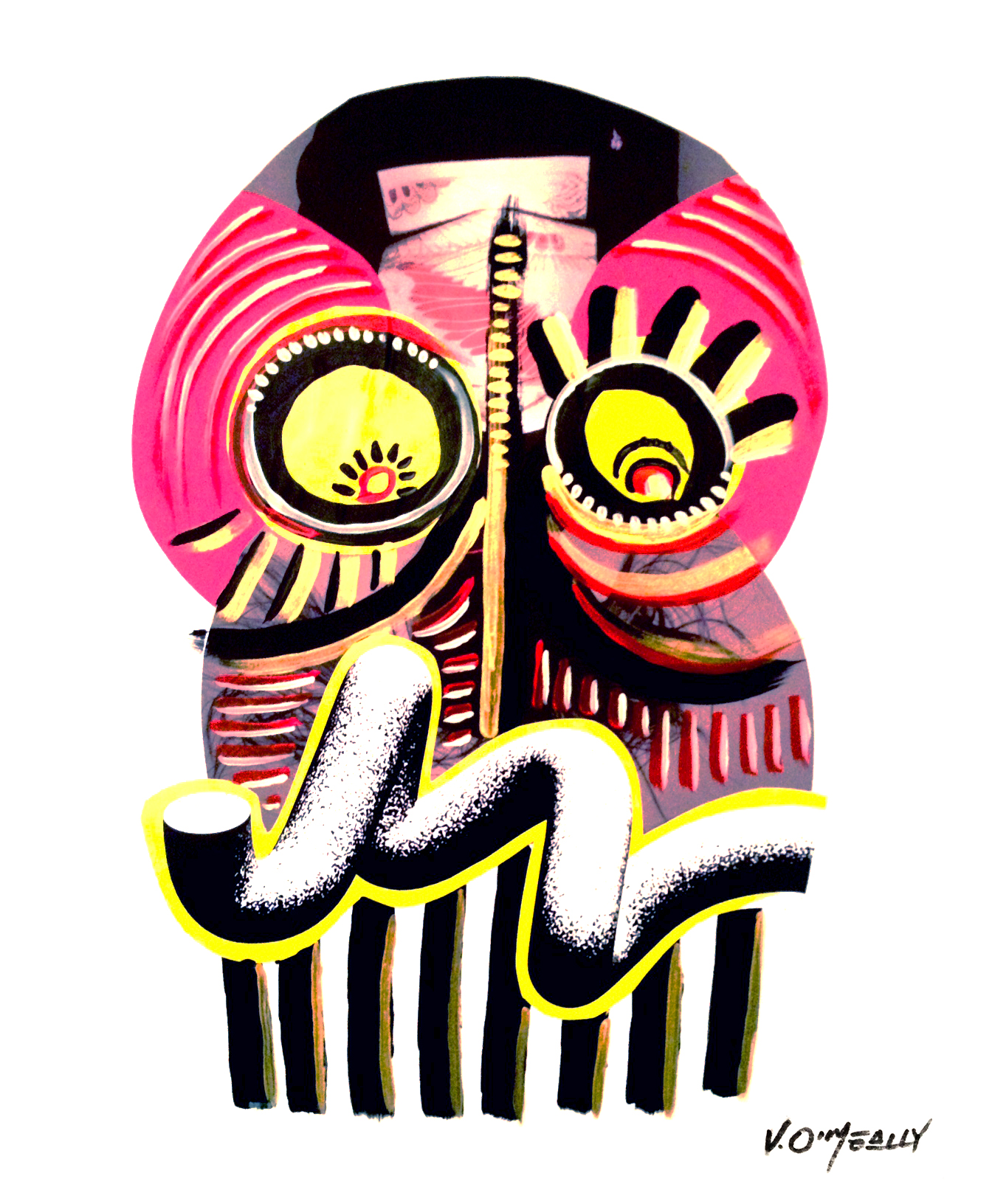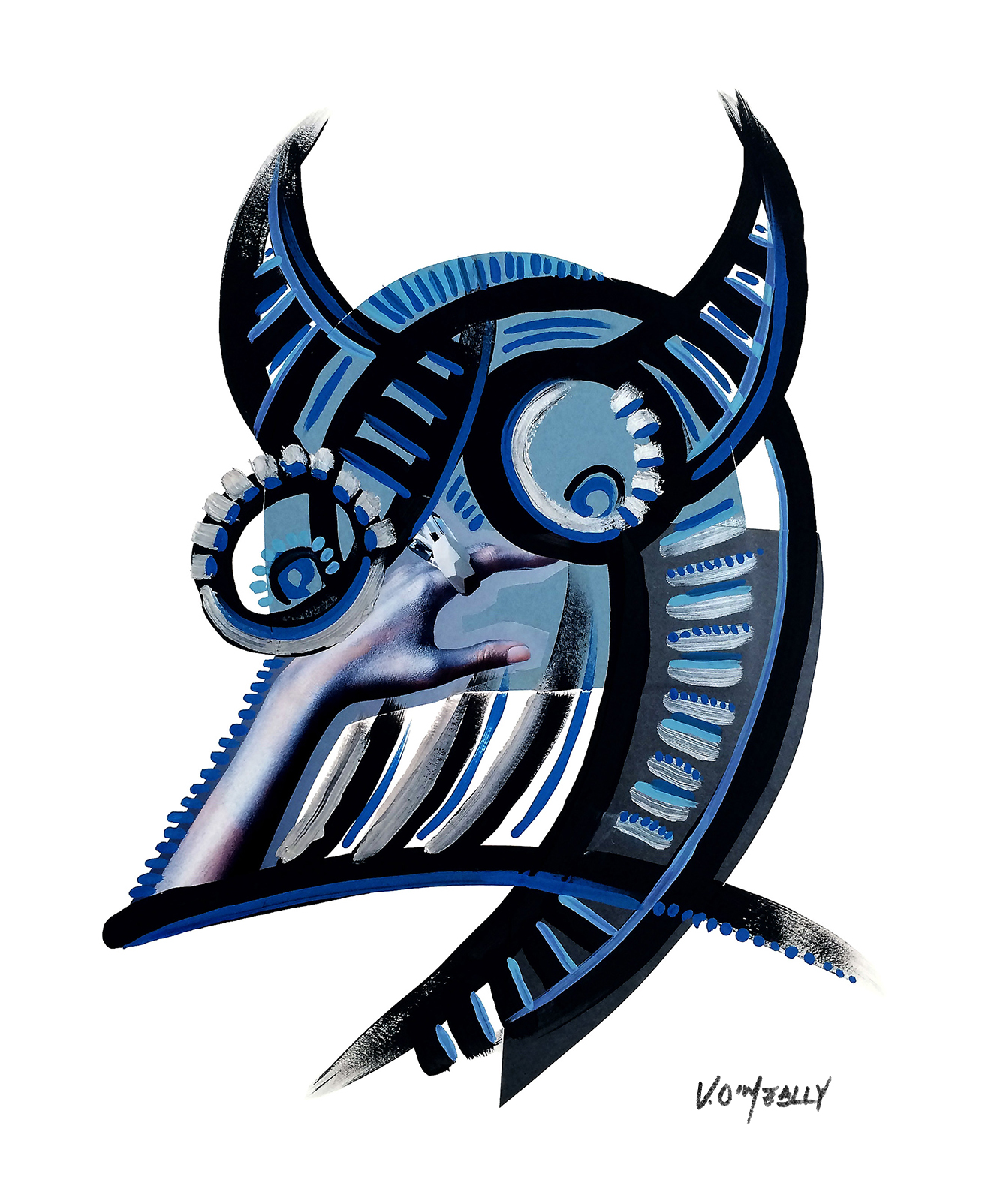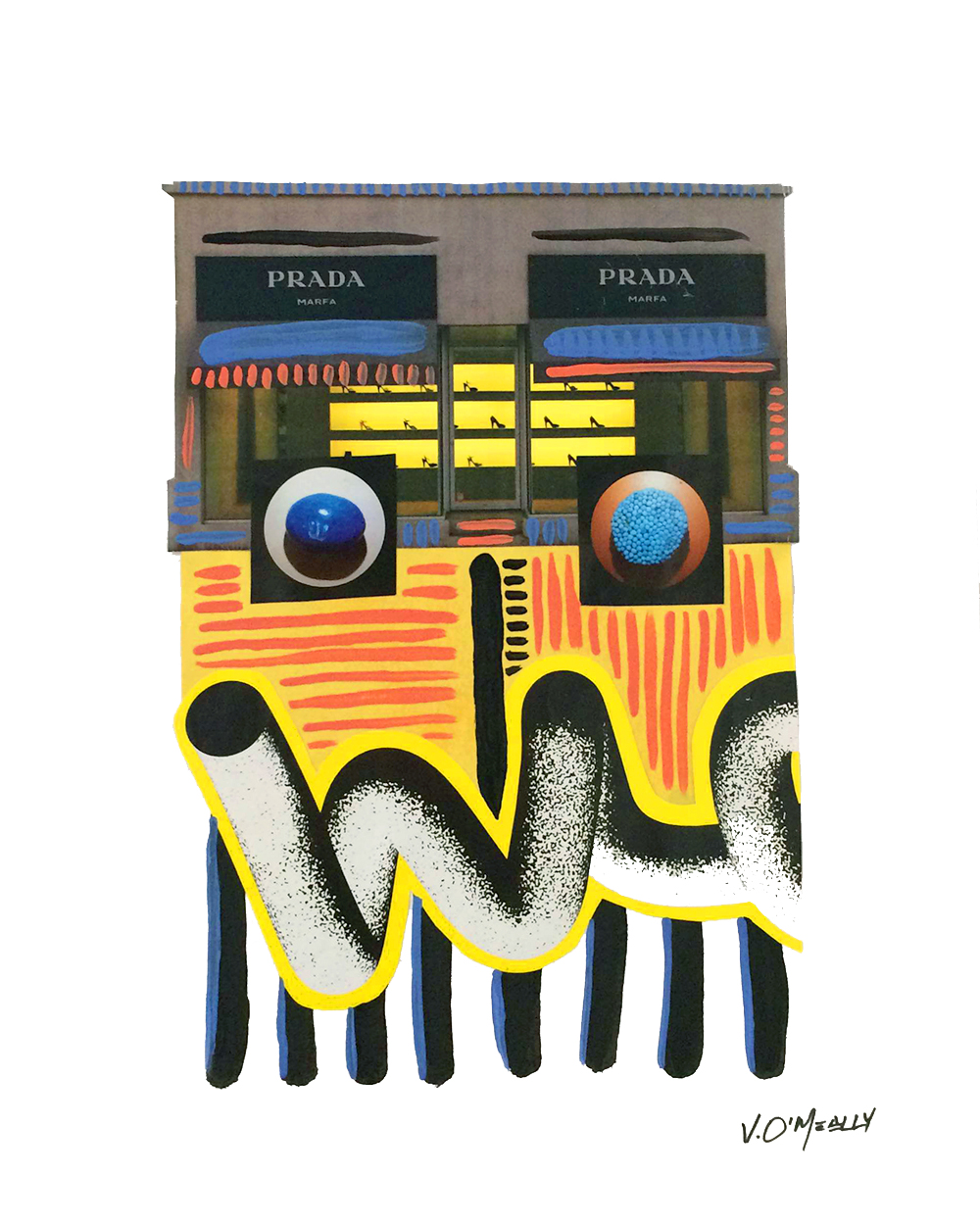VERNON O'MEALLY: JUST FUNKIN’ AROUND
Just Funkin’ Around explores the duality behind the notion that in order to explore the most authentic version of ourselves we must first take on a new identity. It is in the the freedom of misdirection that we are able to explore our true selves, or in the words of George Clinton and the Parliament Funkadelics aptly titled 1970 album: “Free your mind, and your ass will follow.”
P-funk’s psychedelic music was playful and expansive, both introspective and transcendent: existing in the present while referencing the past and envisioning the future. They envisioned the first black man in space, and then created and sold admission to a world that was both fantastical and fully recognizable. The Parliament Funkadelics lead their groovy band of disciples, the Funkateers, on an exploration of “that enlightened space between comedy and tragedy, between reality and surreality where a kind of wisdom comes through you.”
Using humor, creative phrasing and sycophantic language to offer up socio-political commentary, made it all go down a lot smoother. They were able to embed a conscience in the rhythms, horns, and baselines of their theatrical LSD fuelled orgies with a guitar solo that could make you weep. They were either insane drug addicts or poetic geniuses and you were never fully sure which—which was exactly how they liked it. Psychedelic pimps with a conscience.
Cleverly subversive and unexpectedly profound is the undercurrent of funk’s next generation as well: Outkast’s Andre 3000’s upbeat theatricality vividly recalled the same afrofuturist cosmology as Sun Ra and The Mothership Connection. Kendrick Lamar’s lyrical poetry stabs deep into the heart of contemporary racial tensions but is able to find comfort in the shadows of a seemingly astronomical ego. Think: “Bitch don’t kill my vibe.” Lamar’s most recent album, To Pimp a Butterfly sums it up very neatly in its imagery, providing insight into the egotistical mask that allows him to explore his own introspective fragility.
O’Meally’s work collides these notions in both style and concept. Extending this genre into spontaneously fluid lines that elicit an ethereal, otherworldly sense of movement. These distorted rhythmic lines map out his personal experience of the universe. O’Meally’s structured linear configurations celebrate the mystical interconnectivity of urban life. They symbolize the disintegration of earlier terms of classification and the weaving of a new, shape shifting social fabric based on the imagination, diversity, and spontaneity, which define America’s creative capitals.
FEATURED ON VOGUE.COM
“There is a rhythm to following your dream in New York. I spent my time getting lost, hanging in Union Square people watching, sketching. I love all the movement. You’ve got the dancers, hacky sack players, rappers, trick bikers, skaters, goth and anime kids all in the same place and if you look for long enough, it all starts to sync into this one rhythmic experience. Taking risks for the things you love makes the universe bend and curve in this smooth ass way. Ha. I can’t even explain it except with my work. These rhythmic lines that connect us all in this organic but structured way are my experience of our universe.”









































